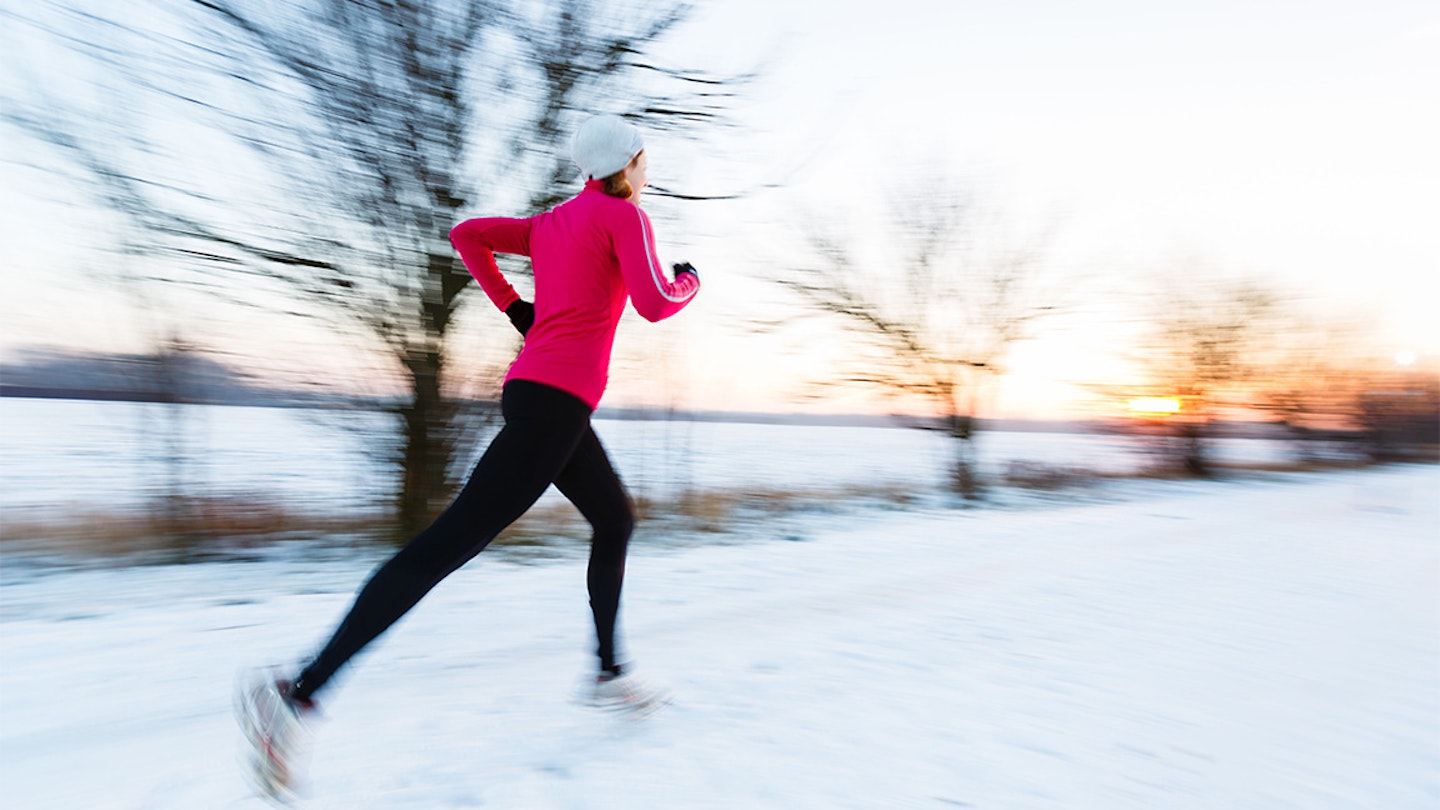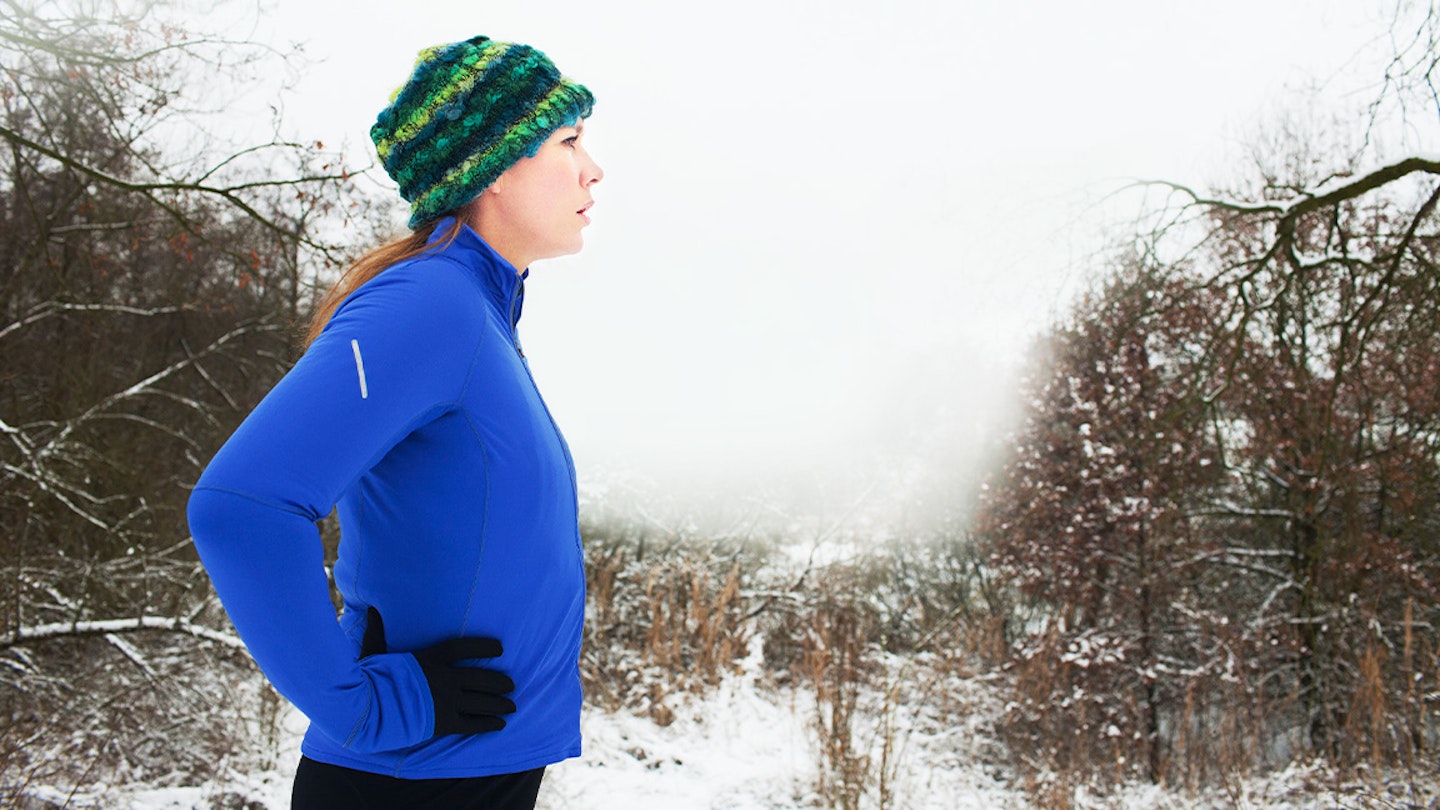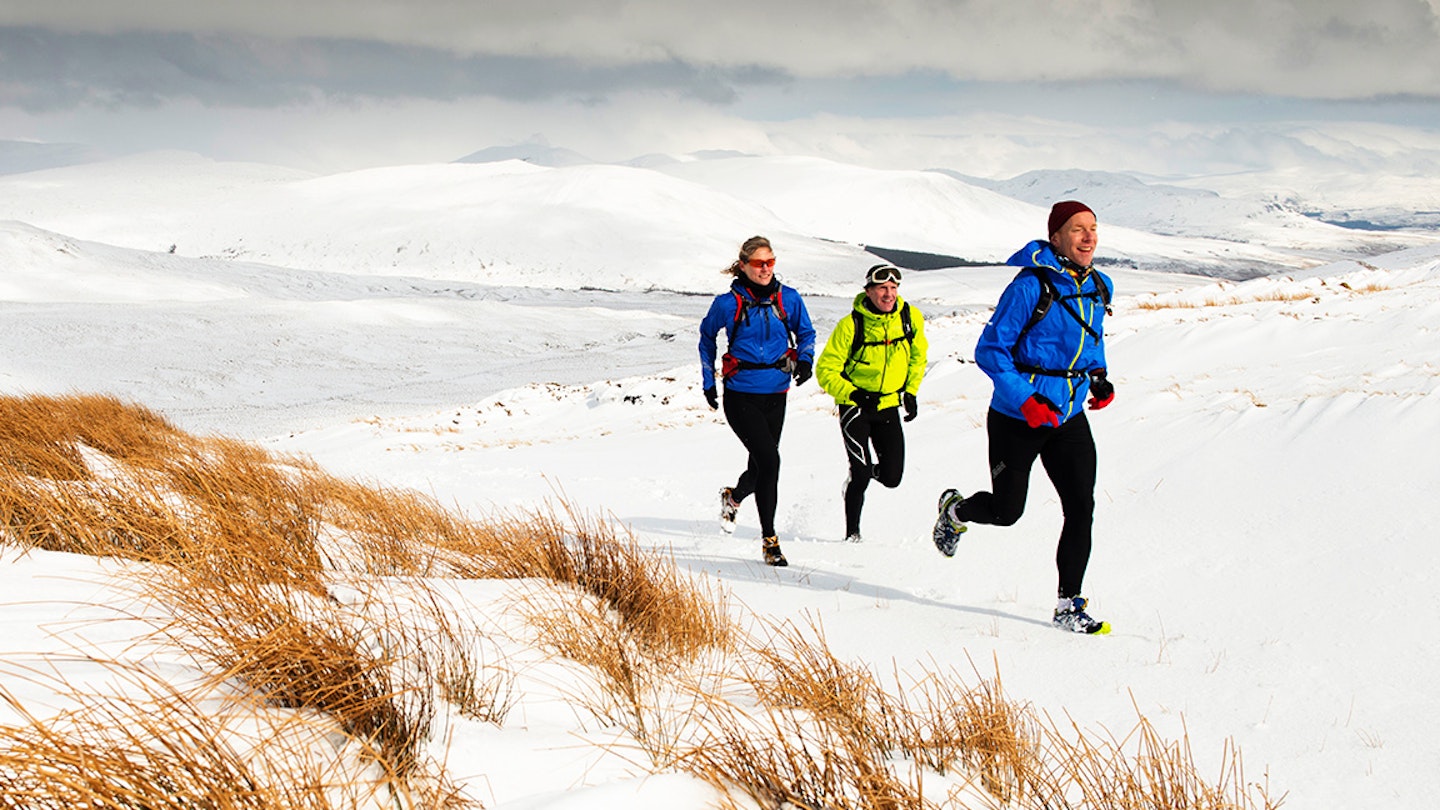When it comes to the cold, are you a layer-up or tough-it-out type runner? And if you do layer up, do you know the best way to keep warm but avoid overheating when on the trail?
Recent times has seen a rising craze of ice water dipping and running with bare skin showing in freezing temperatures. It seems to me that runners are largely divided into two groups: some will dress for the first kilometre and, if necessary, sweat it out for the last however many. Others will brave the opening 10 minutes in the knowledge that they'll warm up.
We probably all know someone who seems to dress much the same from winter to summer. That one person that will wear shorts all year around. Personally, I'd rather be sweating for most of the run - as long as I'm not cold at the start. Anything below 12 deg C will probably demand a winter running jacket. Below 4 deg C and we're going into three-layer territory with a good quality base layer in the mix. When the thermometer goes negative, one of those layers will definitely be compression, along with gloves and socks for the extremities.
Given that I’ve not seen my hairdresser for a while, it's fortunate that we're in a bit of a cold spell and I've not had to run hat-less for a while. Meanwhile, the cold temperature also means it's no problem to run wearing my #Run1000Miles ruff ready for putting over my nose down narrow alleyways so as not to upset walkers with my ‘heavy breathing’.
No matter what your own susceptibility to cold is, it's worth knowing how to layer up for the weather. Last winter we spoke to Anne Weir, fabrics application engineer at Gore for her tips and now is a good time to remind ourselves of them.
How to dress for running in the cold

Anne shares that one of the most efficient ways for the body to self-regulate is by sweating, or heat loss through evaporation. A clothing system that works in alignment with the body’s own thermal regulation system will help the body stay comfortable, i.e., not too hot and not too cold.
The first layer, or base layer, worn next to the skin is important for moving liquid moisture or liquid sweat away from the skin. A mid-layer can be added for extra warmth in colder conditions.
Meanwhile, an outer layer like a winter running jacket can be used in order to protect the body against the rapid cooling effect of wind chill and wet weather whilst allowing moisture vapour or sweat vapour to escape to the outside. In short, it must be breathable.
Materials

Synthetic fibres like polyester and polypropylene are popular first layers and when constructed into a fabric with particularly good moisture management properties, they are very efficient at wicking moisture away from the skin surface and are fast drying. These are particularly important for colder conditions and wearing a first layer within a garment system.
Wool is great at holding moisture without feeling wet and although less effective at wicking liquid sweat, it feels warmer when cold or cooler when warm because of its own self-regulating characteristics.
A technical nylon will hold on to more moisture than its polyester and polypropylene friends, which can be a benefit in warm conditions. By holding some moisture against the skin, it will have a cooling effect as the moisture evaporates.
Cotton and cellulose-based fabrics absorb a lot of moisture but will feel wet against the skin and take longer to dry. This can be undesirable in a clothing system where moving moisture away from the skin and fast drying is needed to stay comfortable.
All that being said, it’s not too unusual to mix or blend synthetics and wool/natural fibres in a fabric construction to provide a balance of desired characteristics.
Breathe better
At Gore, we scientifically measure breathability and its effect on comfort, i.e., what layers runners wear, including what’s worn under your jacket, how close to the body these layers are, the air gaps between them and the overall fit of a jacket.
More layers and thicker air gaps mean the vapour has more resistance or more work to do until it finally gets through the extremely breathable protective membrane.
Having fewer layers, or lighter and thinner layers with the most breathable protective outer layer, maximises the breathability and optimises thermal regulation, allowing athletes to perform at their peak. Balance is the name of the game!
Comfort
Look for key elements like soft edging around the cuffs and collar to ensure that there’s no rubbing. Also, layers should not restrict your movement.
Weight
It might seem better to go heavy, but think the opposite and layer with lighter clothes. This is particularly important when choosing a jacket. Air will get trapped in between the layers and warm up as you start to get warm and perspire yourself.
Top image: Andrew McCandlish
